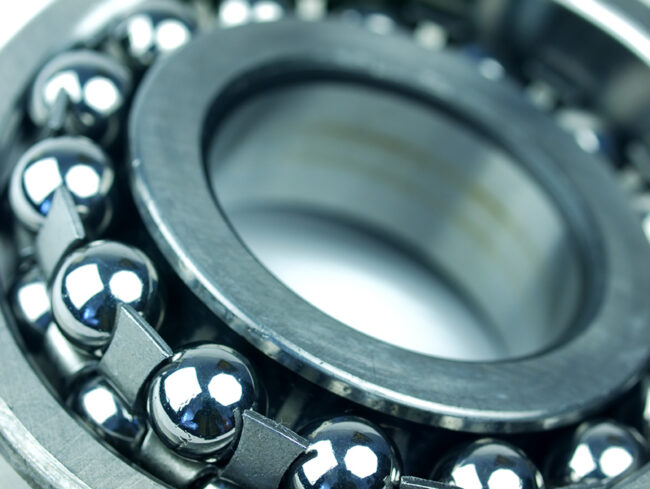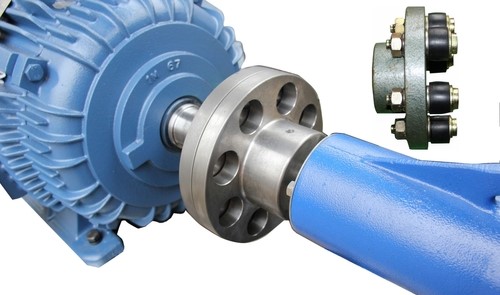Background
Detecting sprinkler pump bearing deterioration with vibration analysis in a pharmaceutical manufacturing plant located in Ireland
This electrical sprinkler pump is part of a critical system that requires high reliability to deliver its function to this plant.
The Eastway team have been supporting the on-site maintenance personnel in this plant since 2012, carrying out a range of condition monitoring services for this client, including remote monitoring with the Eastway Safeguard®, on-request vibration analysis surveys and annual steam surveys.
This pharmaceutical manufacturing plant has a maintenance team that works closely with Eastway and provides constant feedback on the equipment’s findings.
Case Description
In May 2020 Eastway was contacted to carry out a vibration survey. During the inspection, the condition monitoring engineer noticed excessively high vibration values for acceleration (g RMS) and velocity (mm/s RMS) at the pump bearings on the sprinkler unit. Vibration data was collected on-site using a portable vibration data collector. See Figure 1. which displays the pump drive end acceleration (g RMS) trend, where an unexpected increase in values was observed.

Figure 1. Acceleration (g RMS) trend from pump drive end test point.
Recommended Action
After noticing the high values, the engineer immediately did a further analysis of the pump vibration data. As a part of this analysis, the velocity (mm/s RMS), acceleration (g RMS) and demodulation (g RMS) data were examined.
Then, the engineer found that the high vibration values were due to frequencies related to pump bearing deterioration. Based on this analysis, it was recommended to the site maintenance personnel to lubricate the pump bearings as soon as possible to prevent further damage. See Figure 2. which shows a time-waveform acceleration sample from the pump drive end test point displaying high amplitudes and impacting.

Figure 2. Time-waveform showing high amplitudes and impacting.
Action Taken
As recommended by Eastway, the on-site maintenance team carried out immediately the lubrication of the pump bearings which decreased the vibration values and mid-frequency range vibration. See figure 2. an acceleration FFT Spectra comparison from two samples at the pump drive end. Top sample before lubrication and bottom sample after lubrication.

Figure 3. Acceleration FFT Spectra comparison from two samples at the pump drive end before lubrication (top) and post-lubrication (bottom).
After the lubrication was completed, a new set of data was collected and analysed by the Eastway team. It was concluded that lubrication reduced moderately the mid-frequency range vibration. However, the values were still found above warning levels with signs of bearing deterioration. Therefore, it was recommended to replace the pump bearings at the next downtime to prevent further damage on the machine.
Following this recommendation, the pump bearings were replaced and the vibration levels across the machine reduced significantly and have remained at low magnitudes since. See Figure 4. a sample recorded in March 2022 from the pump drive end bearing acceleration (g RMS) showing this reduction in vibration values.

Figure 4. Acceleration (g RMS) trend from pump drive end test point after bearing replacement
Results
Detecting sprinkler pump bearing deterioration with vibration analysis prevented the further deterioration of the sprinkler pump components. Thus, in addition to identifying problems and dramatically reducing downtime, the detection also significantly reduced the man hours required to repair the equipment and ensured maintenance work could be carried out in an efficient way.
The table 1 below displays the importance of having predictive maintenance in place to detect faults. In this case, the sprinkler pump bearings deterioration was detected using vibration analysis, allowing corrections to be carried out before costly system failures occur.




